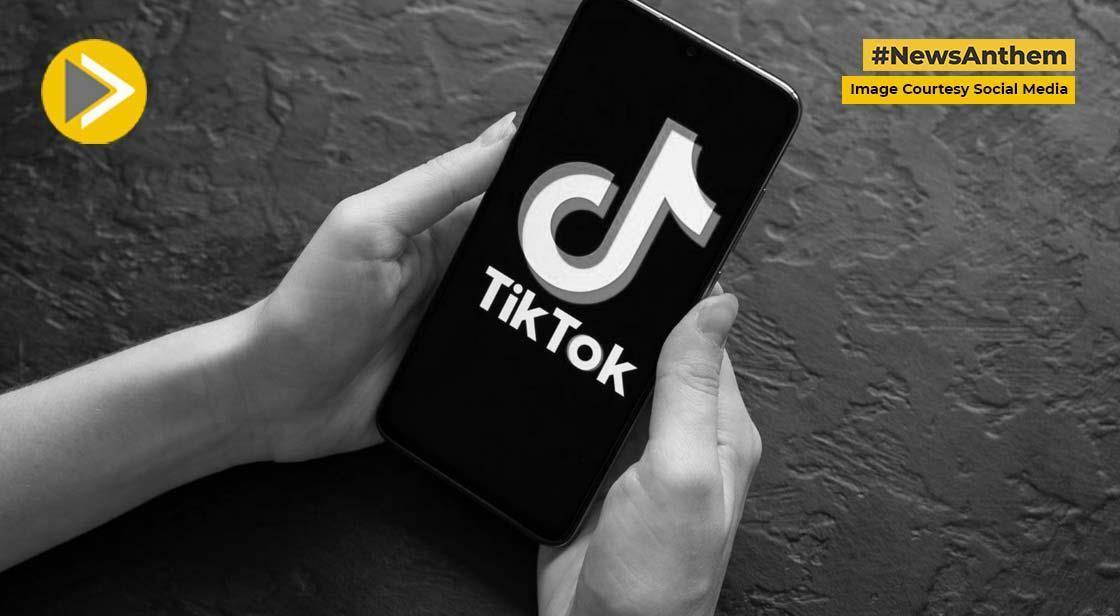TikTok Rolls Out Crowd-Sourced Fact-Checking Feature ‘Footnotes’ in the US

News Synopsis
TikTok has introduced a new feature called ‘Footnotes’ in the United States, aiming to counter online misinformation using a community-sourced model. Announced on Wednesday, this system allows trusted users to add context to potentially misleading content, marking TikTok's entry into a growing trend of social platforms relying on user input to maintain content integrity.
What Is ‘Footnotes’ and How It Works
Initially tested in April, Footnotes enables vetted contributors to suggest factual clarifications or background context on short videos that may spread false or misleading claims. This mirrors similar tools like Community Notes on platforms like X (formerly Twitter) and Meta (formerly Facebook).
According to Adam Presser, TikTok’s Head of Operations and Trust & Safety, the system is designed to “draw on the collective knowledge of the TikTok community” by empowering them to enrich content with relevant, fact-based information.
Pilot Program and Contributor Requirements
As part of the launch, TikTok revealed that nearly 80,000 US-based users have qualified to contribute to Footnotes. These contributors are individuals who have held an account for at least six months.
Starting July 31, these users can write and rate footnotes, while the wider US user base can begin to view and rate those marked as “helpful.” TikTok has a massive US user base, estimated at 170 million, making the reach of this tool significant from the onset.
Existing Measures and Third-Party Fact-Checking
Footnotes will supplement TikTok’s existing integrity tools, which include labeling unverifiable content and working with third-party fact-checking organizations like Agence France-Presse (AFP).
These additional fact-checking layers are aimed at ensuring that highly misleading or dangerous misinformation is either corrected or flagged, particularly in areas such as health, politics, and science.
Crowd-Sourced Fact-Checking: Pros and Concerns
The crowd-sourced verification model gained prominence with Elon Musk’s X platform, but it hasn’t been free of criticism. A recent study by the Digital Democracy Institute of the Americas (DDIA) showed that over 90% of X’s Community Notes never go public, highlighting serious limitations in scale and efficiency.
While platforms tout community notes as less intrusive alternatives to professional fact-checking, researchers caution that these systems are only effective when there's a broad consensus around a topic.
Slow Start and Future Potential
TikTok has acknowledged that the Footnotes system will take time to mature. The platform emphasized that as more users write and rate notes on a variety of subjects, the system will “learn and become more effective.” This approach mimics machine learning-style feedback loops where community participation improves overall performance and credibility.
Industry Trend: Moving Away From Professional Fact-Checking
Earlier in 2025, Meta discontinued its third-party fact-checking program in the US, with CEO Mark Zuckerberg stating that it led to “too much censorship.” The decision was widely interpreted as a political move to align with conservative voices, particularly amid accusations of bias against right-wing content.
Meta has since pivoted to the Community Notes model, suggesting that platforms are increasingly favoring scalable, less controversial alternatives to traditional fact-checking bodies.
However, professional fact-checkers argue that these crowd-sourced models can be susceptible to partisanship. Critics warn that contributors may target political opponents, undermining objectivity in politically charged debates.
Conclusion: Will Footnotes Strengthen TikTok’s Fight Against Misinformation?
With the launch of Footnotes, TikTok joins the growing list of platforms experimenting with community-powered fact-checking. While the move shows promise in engaging users and promoting transparency, the true test will be its accuracy, impartiality, and scalability.
If executed well, Footnotes could become a key pillar in TikTok’s content moderation strategy, helping bridge the gap between algorithmic moderation and human judgment. But, like other similar initiatives, it remains to be seen whether this method can effectively combat the spread of misinformation in an increasingly polarized digital world.
You May Like









